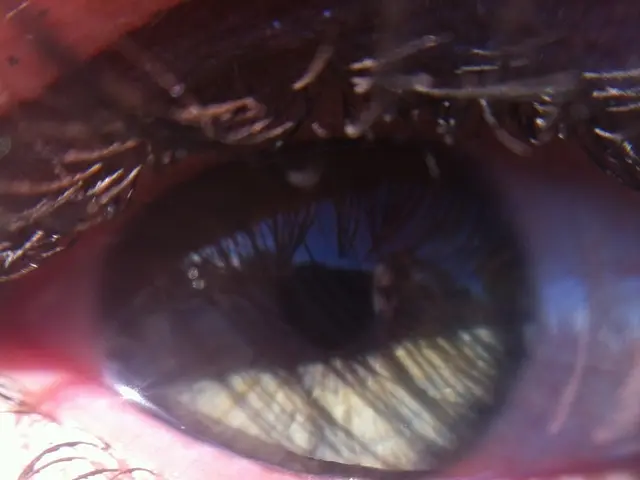Can breast cancer be cured? Examining stages, survival rates, and resources for support
Breast cancer is a serious health concern, and understanding its stages, survival rates, and treatment options is crucial for those affected and their loved ones.
Breast cancer can progress through various stages, with stage 4 being the most advanced. At this stage, the cancer has spread to other areas of the body, such as the brain, bones, lungs, and liver. This development significantly affects a person’s outlook, with survival rates and cure potential being much lower compared to earlier stages.
Most authoritative data report five-year relative survival rates as follows:
- Stage I (cancer confined to the breast): ~96–100%
- Stage II (spread to nearby lymph nodes/tissues): ~87–93%
- Stage III (more extensive regional spread): ~74–76%
- Stage IV (spread to other organs): ~32–40%
According to Surveillance, Epidemiology, and End Results (SEER) data, localized breast cancer has a five-year survival exceeding 99%, regional spread around 87%, and distant metastatic disease about 32–33%. Early detection, such as through mammography, plays a significant role in diagnosing cancer at an earlier stage, improving survival outcomes and supporting higher cure rates.
For those diagnosed at stage I or II, long-term disease-free survival is often achieved, effectively considered cured. Treatment options may include surgery with radiation, chemotherapy, or hormonal therapy. In stage 2, treatment can involve similar methods, including surgery, chemotherapy, radiation therapy, and hormonal therapy.
While not curable, stage 4 breast cancer is usually treatable. New systemic therapies have improved survival and quality of life for those diagnosed at this stage. Breast Cancer Now hosts virtual meetups for men to share information, raise awareness, and support each other (only applicable to the UK).
It is essential to note that the outlook for breast cancer can depend on factors such as the type of breast cancer, stage, tumor grade, hormone receptor status, and the type of treatment a person can access. Speaking with a doctor can be helpful for individuals who have received a diagnosis of breast cancer.
In some cases, cancer may be considered cured when treatment has eliminated the disease from the body. However, a doctor may say the disease is in remission instead of saying it is cured. Breast cancer can go into complete remission, meaning it will not return after treatment. Partial remission means the cancer has shrunk but has not gone away completely.
Males have a lower overall survival rate than females when it comes to breast cancer. Support groups, online communities, and organisations like Bezzy, National Breast Cancer Foundation, CancerCare, CDC, Breast Cancer Now, and others offer resources for people living with breast cancer.
In summary, the stage of diagnosis profoundly affects a person’s outlook: earlier-stage cancers have excellent survival rates and high cure potential, while advanced stages have lower survival and limited curative options, highlighting the critical importance of early detection.
- The survival rates for stage I breast cancer are exceptionally high, often reaching 96% to 100%.
- In the case of stage II breast cancer, long-term disease-free survival is frequently achieved, making the person effectively cured.
- Treatment options for stage 2 breast cancer may involve surgery, chemotherapy, radiation therapy, and hormonal therapy.
- While not curable, stage 4 breast cancer can be treatable with new systemic therapies improving survival and quality of life.
- Males, when compared to females, have a lower overall survival rate in terms of breast cancer.
- Support groups, online communities, and organizations like Bezzy, National Breast Cancer Foundation, CancerCare, CDC, Breast Cancer Now, and others offer resources for people living with breast cancer.
- While cancer can be considered cured when treatment eliminates the disease from the body, a doctor may use the term remission instead.
- Breast cancer can go into complete remission, meaning it will not return after treatment, or it can be in partial remission, where the cancer has shrunk but has not gone away completely.




